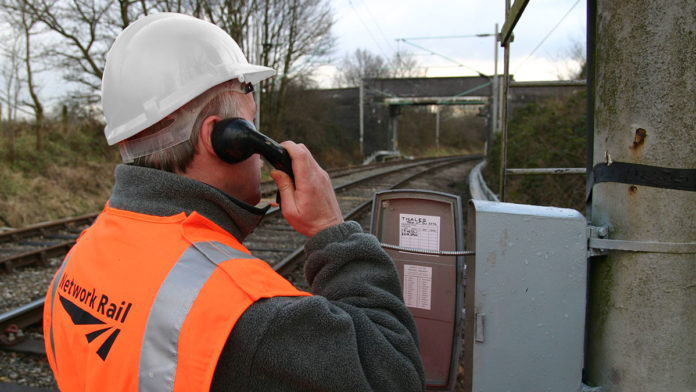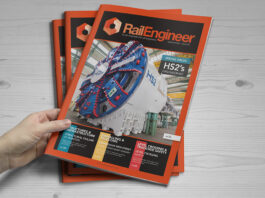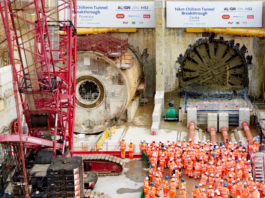Telecommunications have always been an important part of operating a safe and efficient railway. Telegraph and telephones developed at the same time as railways in the 18th century and today the GSM-R radio system provides efficient and safe communications for train drivers and signallers, both for routine and emergency communications.
GSM-R has been a big success, with train drivers now able to communicate within the safety of their cab to signallers and operational staff at any point in their journey. Network Rail says the GSM-R system has a reliability of 99.99%. However, there are still in the order of 30,000 fixed lineside telephones still in use, costing the country many millions of pounds to maintain and renew. Why is this and what could the future look like?
Loud and clear
In the early days of rail, Rule 55 required that if a train was held by a signal at danger the signaller must be informed within three minutes, or immediately in fog or falling snow, with the fireman walking to the signal box. This was introduced following a number of accidents caused by signallers forgetting that trains were standing on the line, sometimes within sight of their signal boxes. These requirements were not a problem if the area controlled by each signal box was small, but as control areas became larger and signals were located further away from their controlling signal box, it became necessary to provide telephones at signals. This became known as the Signal Post Telephone (SPT).
The basic principles of Rule 55 are still present in today’s Rule Book. Module S4 of the Rail Safety & Standards Board Rule Book, GE/RT8000, is devoted to the duties of drivers detained at signals. It says: “When your train is detained on a running line at a signal at danger, or without a movement authority (MA), you must contact the signaller as soon as possible. However, you may wait for up to two minutes before contacting the signaller if you can see an obvious reason for the signal being at danger…” It continues: “You must contact the signaller by using the train radio. If it is not possible to use the train radio and a signal post telephone is provided, you must use it to contact the signaller…”
The three safety requirements for an SPT are:
- the signaller must only be able to talk to one driver at any one time
- the signaller must always be aware of the caller’s location and identity, and
- there must be no chance of one driver overhearing instructions intended for another.
The voice communication must be sufficiently loud and clear so that the safety instructions between a driver and signaller can be passed without any misunderstanding. This is because, in the event of a failed signal showing danger, the signaller may instruct the driver to pass the signal and proceed at caution. Therefore, it is essential that the signaller is talking to the correct driver.
The simplest implementation of an SPT was a point-to-point direct telephone line. This could be achieved with a telephone powered by a local battery at each end of the line. Each telephone line would be separate from one another and the telephones at the signal box labelled clearly with the signal number. This arrangement was only suitable for small signal boxes with very few signals. The local-battery telephones also needed frequent battery changes, especially if the SPT was left ‘off-hook’.
Signal box concentrator
At larger signal boxes, a small switchboard was provided to answer calls; this became known as the concentrator as it ‘concentrated’ the calls from many SPTs onto one telephone for the signaller. There have been many different designs of concentrator over the years.

Concentrators were originally constructed similarly to office switchboards, using Post Office-type switch keys and switchboard lamps; however various changes were needed to achieve the railway safety requirements. On a normal switchboard, if the operator activated two speak keys at once they could speak to both telephones served by those keys. In an SPT system, this could result in the wrong instruction going to a driver. To prevent this happening on a concentrator, the principle of ‘chain-locking’ was used. When a speak key was operated, break contacts disconnected the speech circuit from adjacent circuits, or in some designs a sounder was operated if two keys were thrown at the same time to alert the signaller of the error.
The second requirement of caller identification was met by providing a lamp and label alongside each key to show when that circuit connected to the signaller’s handset. The third requirement of no overhearing was met by careful design and construction of the concentrator, so that ‘crosstalk’ between circuits was minimised.
Concentrators evolved from ‘key and lamp’ technology through to modern processor and software controlled ‘touch screens’, based on commercially available systems used in other control office situations and financial dealer markets. These are known as ‘dealer board’ systems. However, the functionality of requiring only one train driver to talk securely to one signaller, with no conference facility to prevent overhearing and miscommunication, has always required a ‘railway only’ design and unique software in processor-controlled systems. This continues to this day with the IP systems now in use. With a very small market for SPT systems, this creates additional costs, support problems and, in some cases, unreliability.
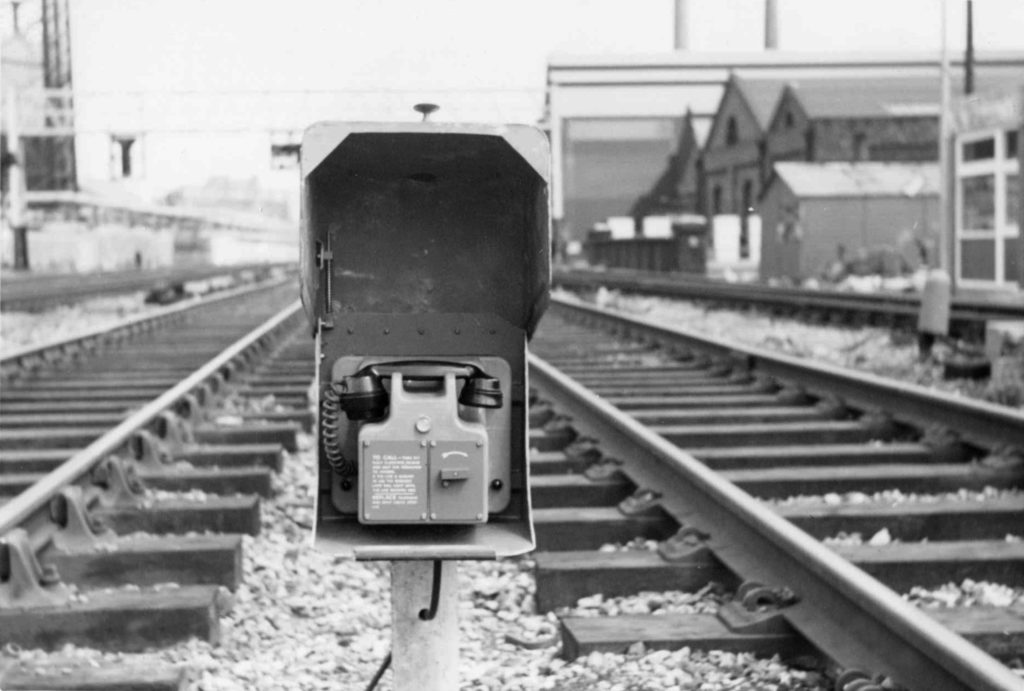
Selective SPTs
The selective SPT system was produced by Standard Telephones and Cables STC, based on a design by Western Electric. It allowed up to 20 telephones to be connected over a single pair of copper wires to the controlling signal box. There were also some regional variations based on the same principle.
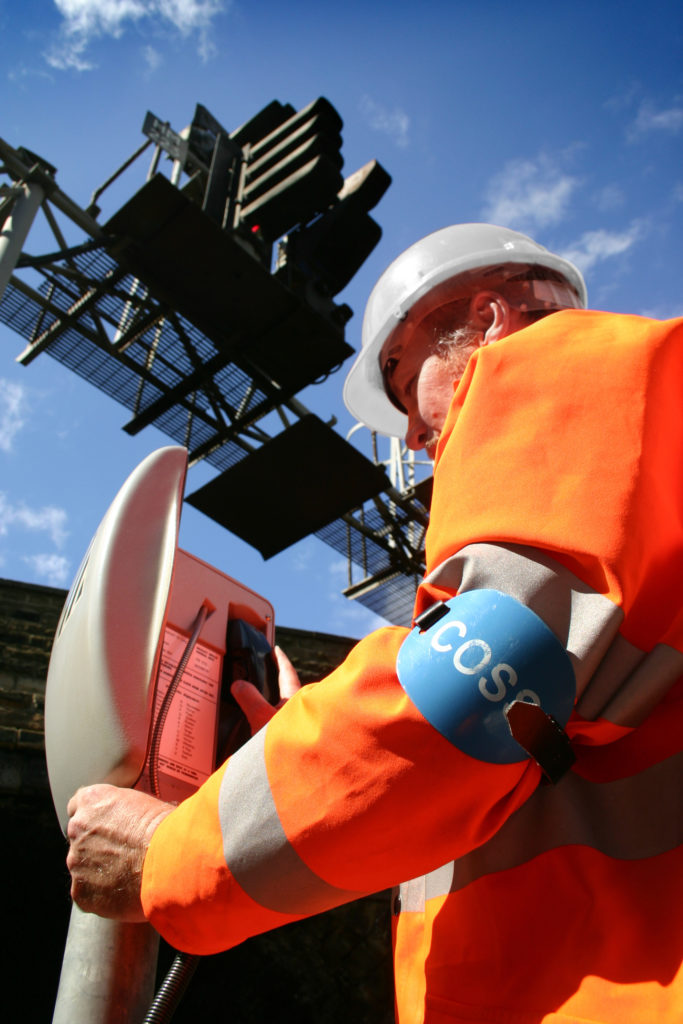
There was no cradle switch at the SPT so the system could not fail due to a telephone being left ‘off-hook’. The requirement for no overhearing, with only one driver speaking to the signaller at any one time, was achieved by reversing the battery polarity on the line once a call has been established. The SPT sensed the line polarity and, when the call key was operated and the line free, a mechanically latched relay, ‘JCL’, was operated to connect the speech path and initiate a call. However, if the line polarity was reversed with another call already in place, a second, high-resistance relay, ‘JCR’, operated which disconnected the SPT from the line. This latched itself electrically until the normal polarity was restored. A ‘busy’ indicator light would illuminate and remain so until the line became free.
The operation of a twist key or a motorised notched wheel sent a series of pulses from the SPT to the concentrator to light a lamp to indicate which SPT was calling. The pulses were sent in two parts to operate two electromechanical ‘uniselectors’. These were arranged so that any lost or corrupt pulse would display no indication, rather than a wrong indication. The call was also announced to the signaller by a bell or buzzer.
The system was involved in a major incident in Cheshire. On the evening of 26 December 1962, points had become frozen with snow in and around Crewe, causing trains to be detained at signals. Midway between Winsford and Crewe, the 13:30 Glasgow Central to London Euston, with 13 coaches and 500 passengers, was stopped at a signal but the driver found the SPT to the signal box out of order. This was due to a faulty JCL/JCR latching relay in the SPT. The SPTs on both the Up Slow and Fast lines were faulty, as they were all on the same circuit. The SPTs on the Down lines were connected to another signal box.
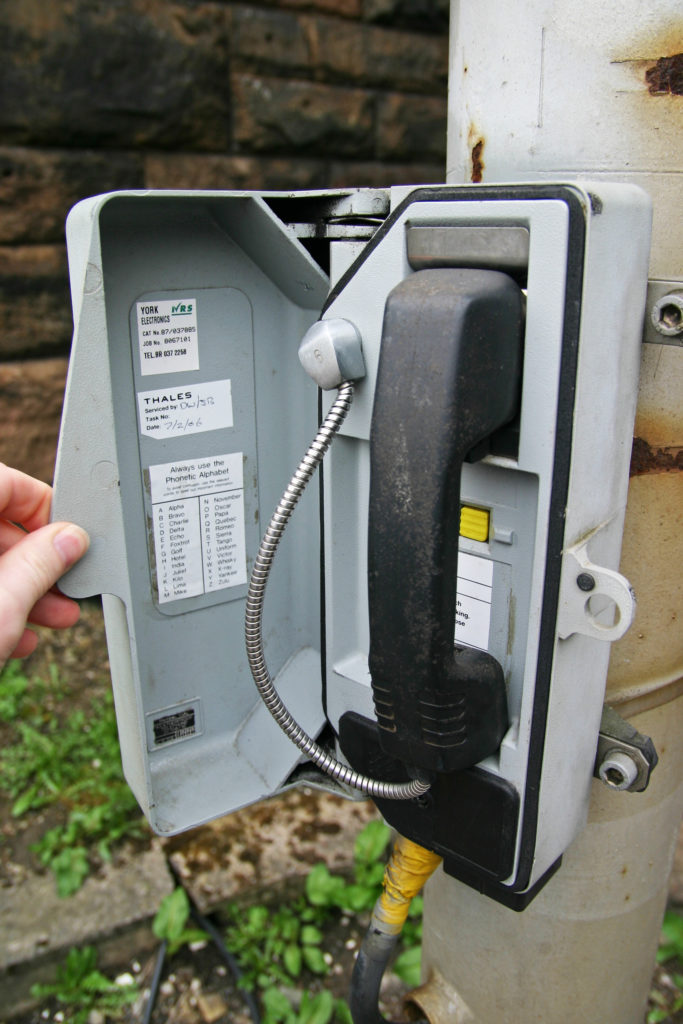
Seeing the next signal ahead, the driver proceeded towards it to use its SPT, but drove too fast. The driver saw the next signal change from red to yellow, assumed it had become clear for his train and accelerated. But it had not; in the darkness the driver had failed to notice the 16:45 express from Liverpool Lime Street to Birmingham New Street, standing on the line ahead with eight coaches and 300 passengers on board. The trains collided at about 20mph, killing 18 passengers with 33 others and one railway worker seriously injured.
The inquiry report concluded “This accident would not have occurred if the signal telephones on the Up lines had not gone out of order, but even then it should not have occurred if the driver of the Mid-day Scot had obeyed the Rules”. Even so the incident demonstrates why reliable driver-to-signaller communication is essential for a safe railway.
Another problem with the selective systems was that the signaller could not call an SPT; only a driver could initiate a call. The systems were railway-specific designs and the SPTs custom-made. Therefore, selective systems have now been replaced with systems having one line per telephone and using standard commercially available telephones. This has required more copper cabling – which is at risk from cable theft – and fibre optic transmission, as some large signalling centres can have several hundred SPTs.
Walkways and posts
Following the fatality of a driver using an SPT located between running lines in the 1990s, such SPTs were labelled as limited clearance and, for the majority of the network, drivers were required to ‘dial’ the signaller using their cab radio – mostly the National Radio Network (NRN) which did not provide the three SPT safety requirements. At the same time SPTs were placed ‘in rear’ of the signal so a user could see the signal aspect when using the telephone. Walkways were now required for resignalling schemes or when SPT systems were renewed. This significantly increased costs as an SPT costing a few hundred pounds may require a walkway costing over £10,000 at some locations, not to mention increased maintenance.
The concentrators evolved through different suppliers and technology improvements. Today, for large signalling centres with several signaller workstations, concentrators can cost millions to renew; although based on commercial off-the-shelf IP-based systems, they require unique railway functionality, software and hardware in some cases.
GSM-R radio delivers the three safety requirements for driver-to-signaller communications with a reliability of 99.99%. A driver does not even have to speak to a signaller as they can send a ‘standing at signal’ message which can be acknowledged by the signaller with a ‘wait’ message if required. SPTs are now hardly used and there is no Standards requirement to retain SPTs.
Some schemes have reduced the number of SPTs. For example, the Norwich, Yarmouth & Lowestoft resignalling project only provided 22 SPTs at 64 signals which was determined using the Fixed Lineside Assessment Tool (FLAT). This assessed the risk associated with each signal, the operational likelihood of a train being held and the driver having to phone the signaller. However, the FLAT tool has been withdrawn and it is proving difficult to make a case to remove the vast number of the 30,000 SPTs.
Providing insight
RSSB Guidance Note GO/GN3677 – first issued in 2010 and updated in 2019 – was based on RSSB Research Report T629 (2007). RSSB T629 ‘Replacement of Fixed Lineside Telecommunications Infrastructure with Radio Solutions’ set out the results of a quantitative risk assessment which concluded that the removal of lineside telephony is justifiable from a purely safety perspective on the basis that the costs of retaining SPTs are grossly disproportionate to the increased risk.
GO/GN3677 provides guidance on where the provision or retention of lineside telephones may and may not be justified, by carrying out a suitable and sufficient risk assessment and applying the Common Safety Method for Risk Evaluation and Assessment (CSM-RA) in relation to changes in the provision of lineside telephones.

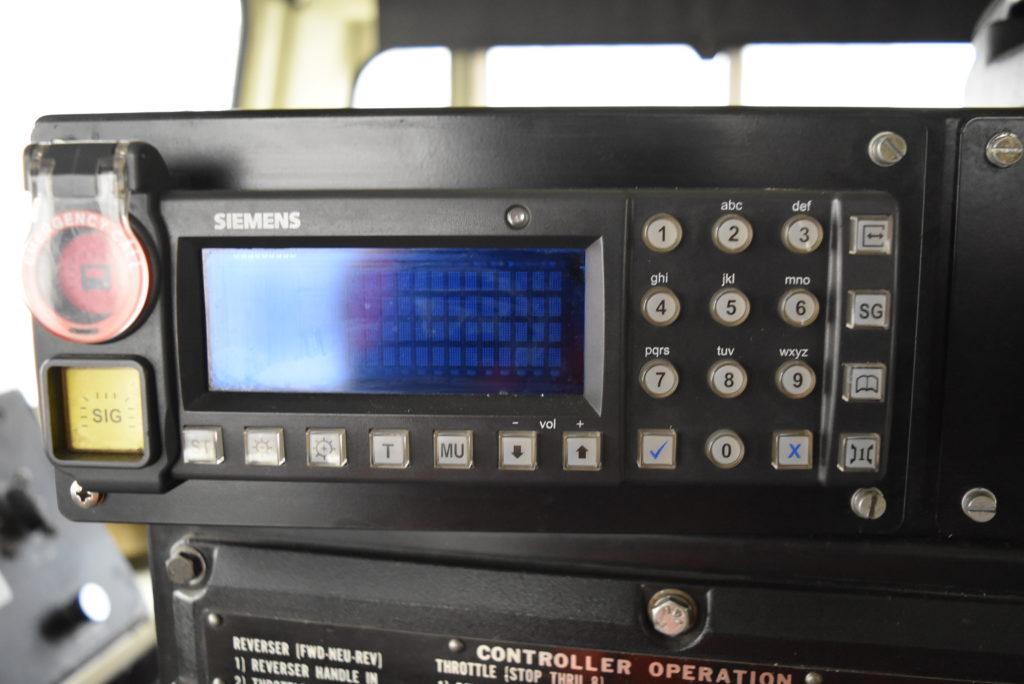
GO/GN3677 also says the requirement for maintenance following the removal of lineside telephones decreases the exposure of staff to trackside hazards. This would also apply to installation and testing staff sent out to renew SPT systems. However, it does say that the provision of telephones at certain critical locations may provide safety and performance benefits. These are near signals and European Train Control System (ETCS) stop markers that only:
- protect junctions
- protect critical assets such as tunnels, viaducts, swing bridges and sea walls
- are regularly used as engineering possession blocking points or boundary locations for temporary block working, single line working, emergency special working or working by pilotman (although it does not define ‘regularly’)
- are in the vicinity of Stop boards – including entry to or exit from Network Rail or other IM areas (private sidings, yards etc) – and No Signaller Token (NST) or Radio Electronic Token Block (RETB) areas.
The Guidance Note did not say that telephones provided for such purposes need to be the traditional SPT. Therefore they could be more cost-effective and simple ‘dial’ telephones, with the signal box number displayed alongside.
There is a precedent for this principle as, 30 years ago, there were separate bespoke ‘electrification telephone’ systems located lineside and on platforms to communicate with electrical control operators. The systems were obsolete and expensive to redesign, so simple and cheaper ‘dial’ telephones were provided, with a special short code number to call the ECO. These considerably cut costs and have been in use successfully for many years.
The industry also now has a much-improved safety-critical protocol in place. This requires the phonetic alphabet to be used for all operational communication and, at the start of any safety-critical communication, it requires the caller to clearly identify who they are and where they are located. The driver must repeat back the actions required without the signaller having to ask them to do so, and to repeat the entire set of actions required at the end of the communication.
This mitigates the need for the very costly SPT systems and could enable the costs for SPT renewals to be used for more useful facilities. For example, instead of an SPT at a signal, could it be replaced with a Wi-Fi point? In the very rare occurrence of a GSM-R failure, this could be used by a Wi-Fi calling app on a driver’s personal mobile to call the signaller and could be used for other trackside communications such as the remote condition monitoring of assets.
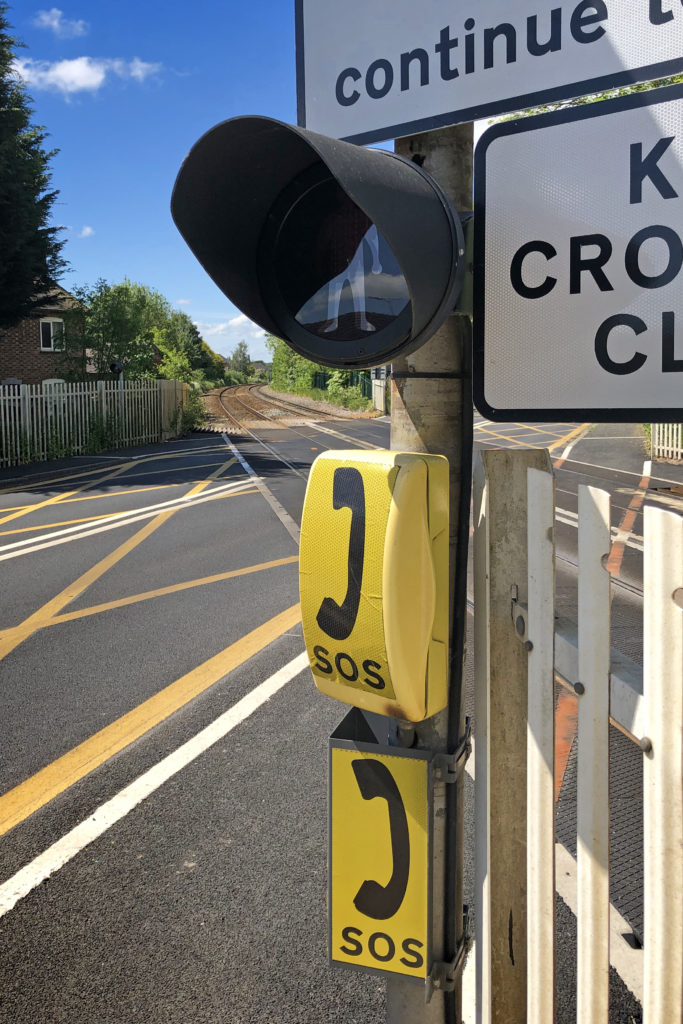
Level crossing telephones
Telephones at level crossings to communicate with a signaller are required at certain locations for use by authorised railway staff either during normal operations or following an equipment failure. They are also required for user-worked and bridleway crossings where the warning time is less than that needed to cross safely and no active visible warning is provided.
The functional requirements for user-worked level crossings are the same as for an SPT. The signaller must only be able to talk to one crossing at any one time, must always be aware of the crossing’s location, and there must be no chance of someone at one crossing hearing instructions intended for another person.
The problem is that there are 1,641 crossings with telephones and the signaller may not have an accurate knowledge of where trains are in respect to each crossing. This increases the workload and risk to the signaller; also, the crossing user may not bother to use the telephone or might misunderstand the message being given, perceive a false level of safety and cross with a train approaching.
With signal control areas getting larger and potentially more user-worked crossings per signaller, telephone crossings are far from ideal. Therefore, a better way forward would be to use the cost savings from fewer lineside telephones – including SPTs – to provide better active visible warnings at user-worked crossings.
There are currently 536 Automatic Half Barrier (AHB) crossings in use. Telephones at AHBs are particularly important. The system is known as Public Emergency Telephone System (PETS) and is another railway bespoke design. PETS provides self-testing and alarm generation facilities to confirm their availability and to enable trains being cautioned in the event of a telephone failure. This is because, if a road vehicle fails on the AHB level crossing, the only way to stop an approaching train is for the vehicle occupant – or an observer – to phone the signaller. This relies on someone making the call and, having broken down on the crossing, they may not realise they have to inform the signaller. There might also not be time to stop the train or appropriately locate signals.
A variant called AHB+, using obstacle-detection technology, has been developed, but could another option be an obstacle detector to initiate an emergency GSM-R call to alert drivers of approaching trains that the crossing is occupied? Or, with the successor to GSM-R likely to be based on 5G which may also control autonomous vehicles, could a failed autonomous vehicle on a crossing automatically inform trains of the need to stop? These ideas would require development, but are examples where train radio communication could be used to improve safety and reduce the need for lineside telephones.
Thinking differently
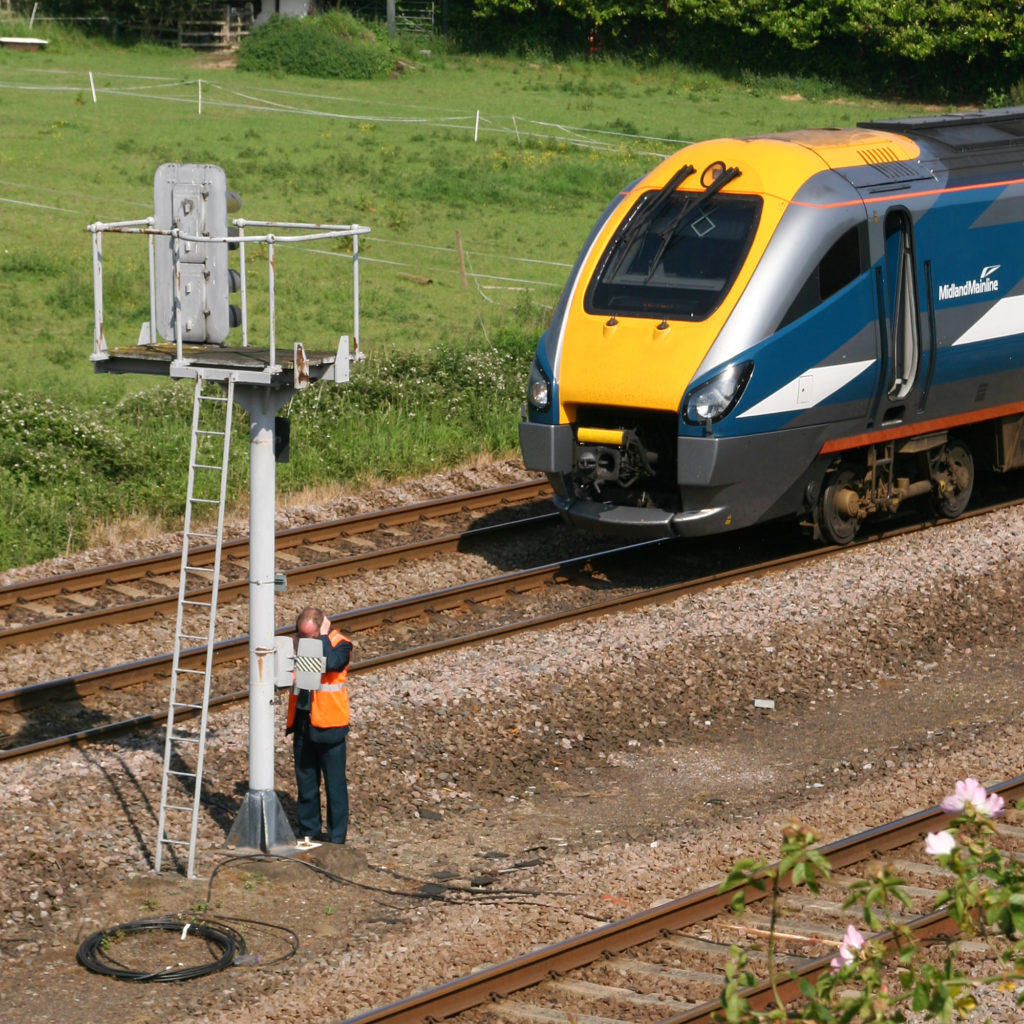
Any such reduction would be a concern to many in the industry. However, concerns were also raised over the removal of public phone boxes and, at one time, there were 90,000 of them. The provision or retention of other railway lineside telephone systems may be required by local circumstances, such as in areas with poor mobile phone reception to facilitate communication between trackworkers and signallers, or telephones associated with airport trip wire systems, but these should be small in number.
Removing or not providing lineside telephones will not be easy, but the cost savings are substantial which could be used to fund many other safety benefits.
